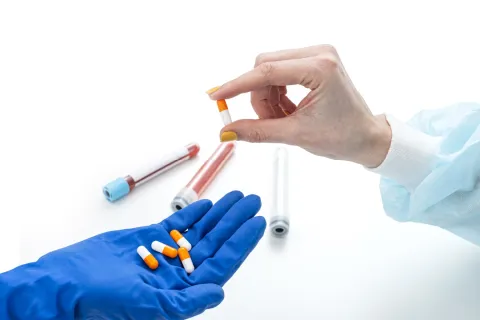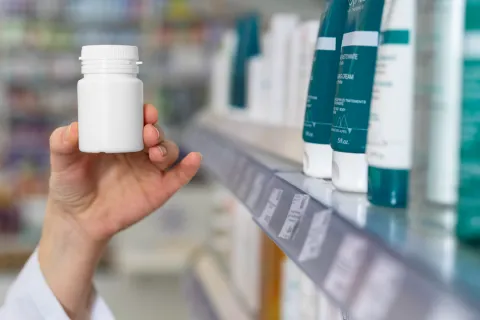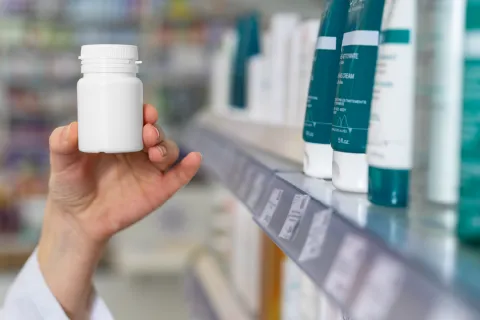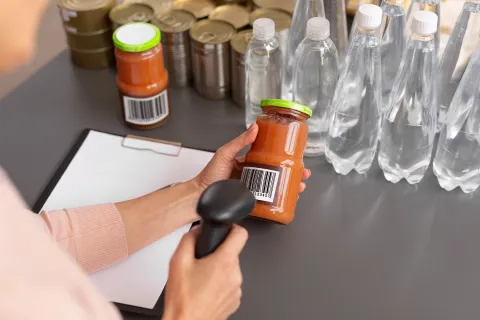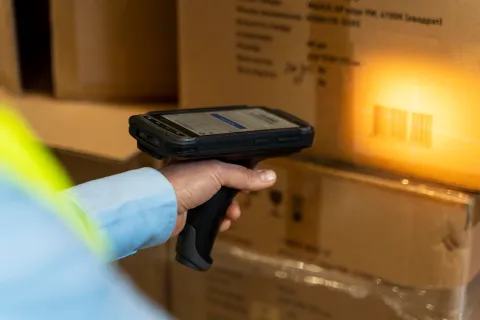
The pharmaceutical industry is a highly regulated sector where every aspect of a drug, from its development to its packaging, is subject to stringent scrutiny. One critical component of this regulatory framework is the labeling approval process. Labeling refers to all the information on a pharmaceutical product, including the package insert, container label, and any other information related to the drug's use, dosage, and side effects. This blog post will delve into the complexities of the labeling approval process in the USA and what pharmaceutical companies must consider for compliance and patient safety.
Understanding the Importance of Regulatory Labeling
Labeling is the primary communication channel between the drug manufacturer and the end-user, typically a patient or healthcare provider. It provides essential information about the drug, such as its active ingredients, usage instructions, contraindications, and potential side effects. Accurate and clear labeling is crucial as it ensures the safe and effective use of the medication.
The Label Approval Process: A Step-by-Step Guide
Getting a label approved is multifaceted and involves several regulatory bodies, with the Food and Drug Administration (FDA) being the primary authority in the United States. Here's an overview of the steps involved:
1. Submission of Labeling Information
The process begins with the pharmaceutical company submitting detailed labeling information as part of the New Drug Application (NDA), Biologics License Application (BLA), or Abbreviated New Drug Application (ANDA). This includes the proposed package insert, container labeling, and any other promotional materials.
2. Regulatory Review
The submitted labeling information undergoes a rigorous review process. The FDA evaluates the label's content for accuracy, completeness, and compliance with regulatory standards. This includes ensuring that the label reflects the latest scientific knowledge and that it is not misleading in any way.
3. Compliance with Labeling Standards
Labels must comply with the Federal Food, Drug, and Cosmetic Act (FD&C Act), the Public Health Service Act (PHS Act), and other relevant regulations such as 21 CFR parts 201 and 610. These regulations dictate the format and content of the labeling, including the requirement for certain information to be present and clearly stated.
4. Post-approval Changes
Once a label is approved, any subsequent changes must also be reviewed and approved by the FDA. Changes could be minor, such as typographical corrections, or major, such as new clinical data affecting the drug's safety or efficacy. The reporting categories for these changes are outlined in 21 CFR 601.12 and 314.70.
5. Continuous Monitoring and Updates
Post-marketing surveillance is an ongoing process where the pharmaceutical company must monitor the product's safety and efficacy. If new information arises that could affect the labeling, the company is responsible for submitting updated information to the FDA for review.
6. Global Considerations
For pharmaceutical companies operating internationally, the labeling approval process can vary from country to country. It's essential to be aware of and comply with the local regulations in each market where the drug is sold.
Challenges and Best Practices
The labeling approval process can be challenging due to the evolving nature of drug information and the need for labels to be updated promptly. Companies must stay abreast of the latest regulatory guidelines and scientific data to ensure their labels remain compliant.
Best practices include establishing a robust regulatory intelligence system to track changes in labeling requirements, engaging with regulatory authorities early in the drug development process, and ensuring cross-functional collaboration within the company to address labeling considerations comprehensively.
Conclusion
The labeling approval process is critical in the pharmaceutical industry's commitment to patient safety and regulatory compliance. By understanding and adhering to the complex requirements set forth by regulatory authorities, pharmaceutical companies can ensure that their products are used safely and effectively, ultimately contributing to better health outcomes for patients. A proven regulatory partner like Freyr can help you with the labeling approval process in the USA. Connect with us today.
